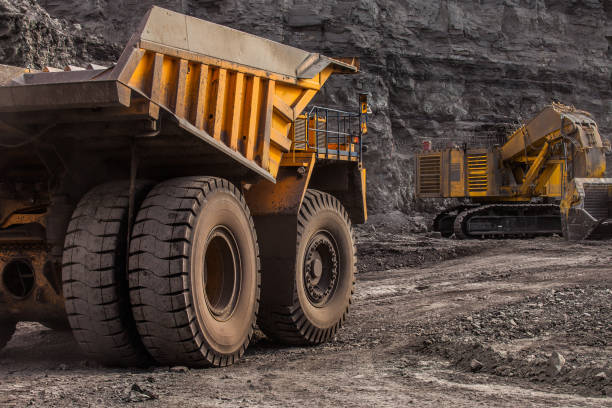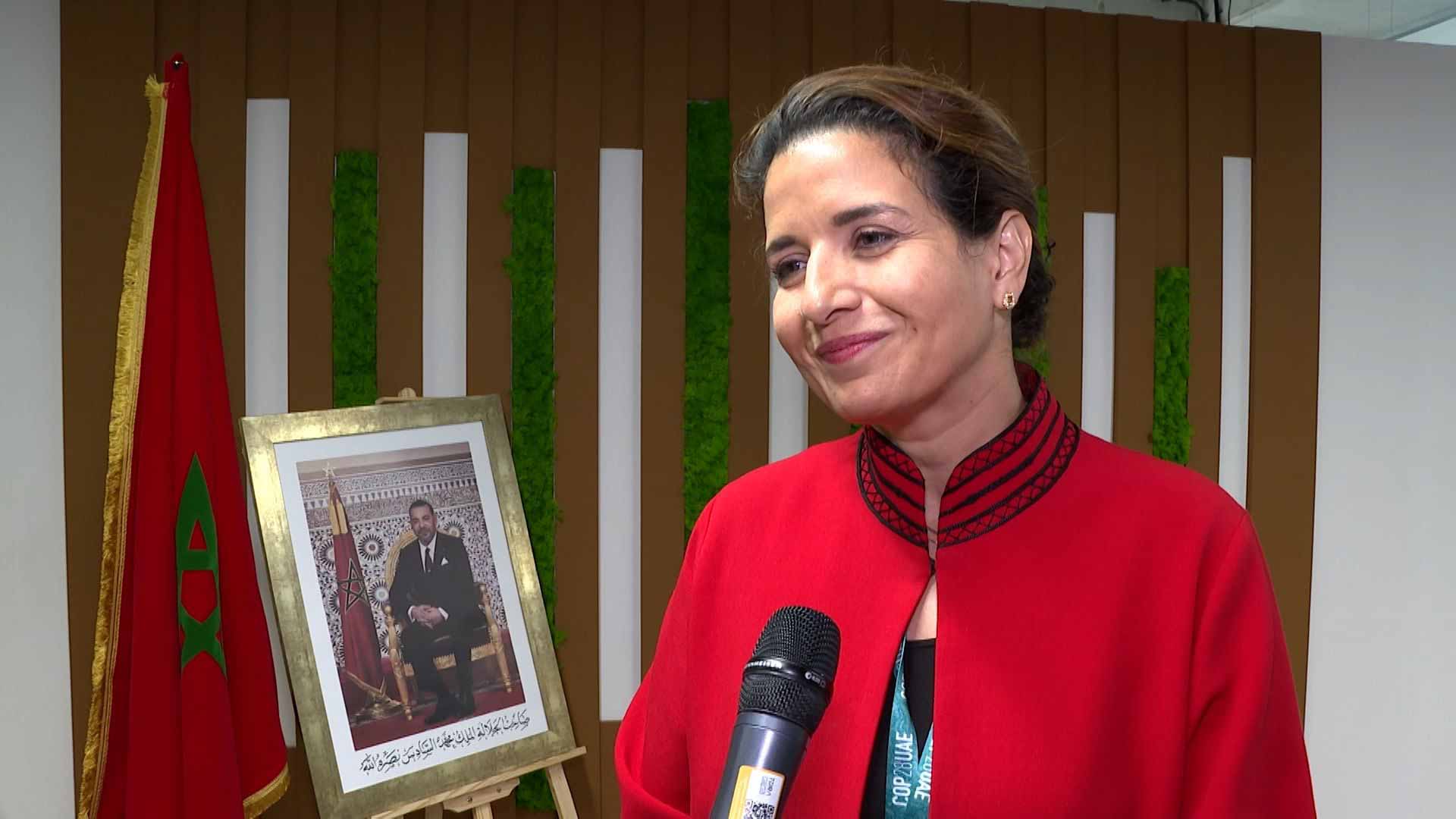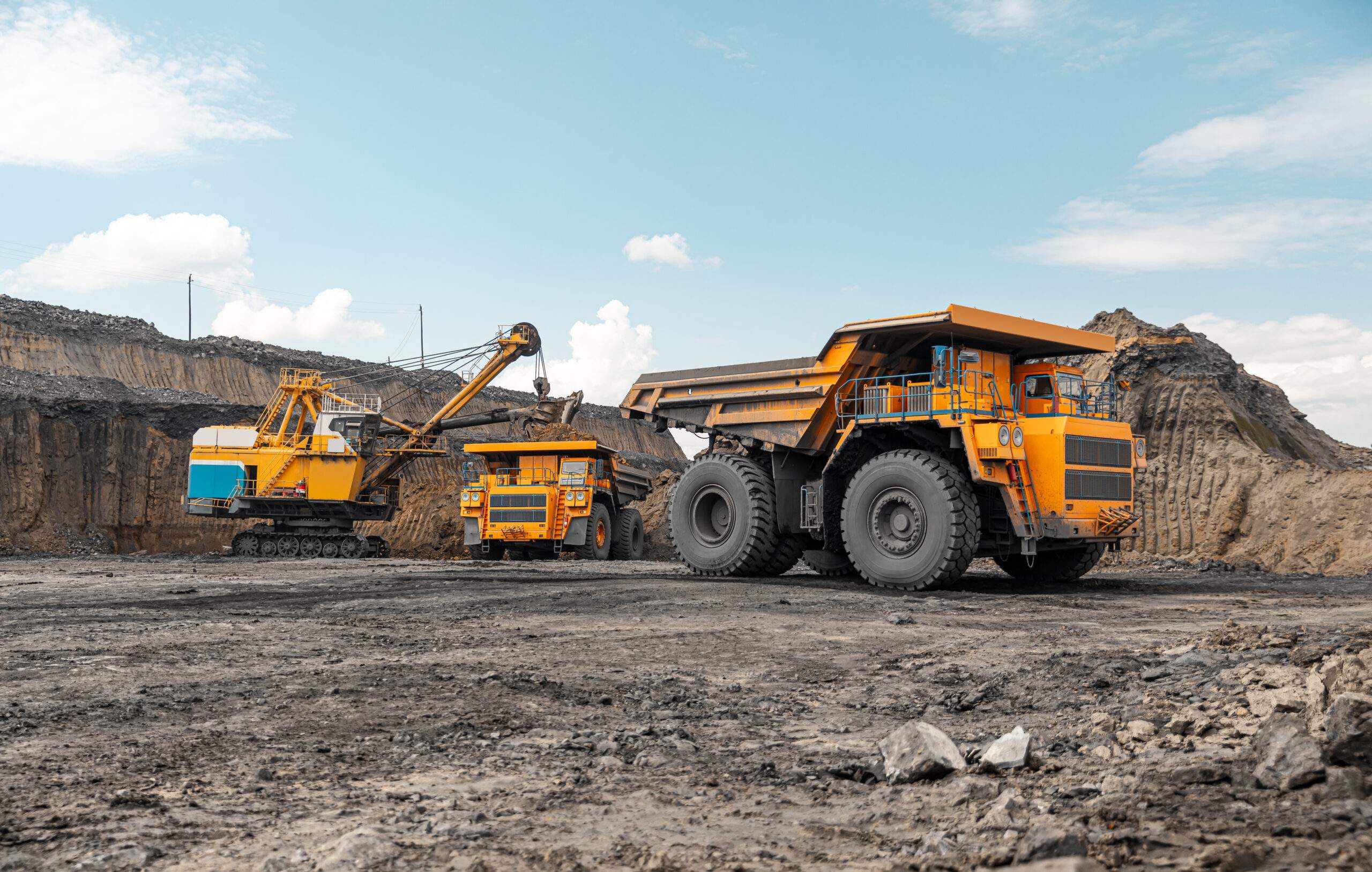African mining companies outpace global peers on women in leadership
More women sit at the top of Africa-based metals and mining companies than the global average, an analysis of S&P Global Market Intelligence data shows.
The dataset for publicly traded miners in Africa is relatively small, comprising just 16 publicly traded companies headquartered in Mauritius, Morocco, South Africa, Tanzania and Zambia. The larger global dataset comprises more than 2,000 global metals and mining companies. However, among those companies in Africa, women hold 32.0% of the executive roles, 23.9% of the C-suite roles and 26.5% of the board roles.
Women make up a relatively small portion of the global mining industry’s leadership positions, filling 14.0% of executive roles, 12.3% of board roles and 12.1% of C-suite roles, according to a Market Intelligence data analysis released in May. South Africa and Zambia, two stand-out countries regarding women in leadership roles in the publicly-traded mining sector, have long histories of racial tension, and the efforts made to address that inequity have also boosted the numbers of women in top positions.
“South Africa is, for better or worse, for historical reasons, a lot more experienced in [what is] like a quota system. They are much more experienced in saying, ‘We need X many workers, colleagues, professionals that fit XYZ criteria,'” said Marta Mussacaleca, a partner with industry consultant McKinsey & Co. and an author of research reports on retaining women in the mining sector. “They’ve had a lot more practice in saying, ‘How do you actually create a talent-generating machine and a talent-nurturing machine that caters toward a diverse employee base?'”
The South African government rolled out the Broad-Based Black Economic Empowerment Act in 2003, for example. The legislation aims to address historical racial and gender disparities by setting diversity requirements and targets for certain things, such as operating licenses and government contracts. The country’s Employment Equity Act of 1998 aims to eliminate disadvantages experienced by women specifically, and the goal of the Preferential Procurement Policy Framework Act of 2000 is to provide preferential treatment for various groups to balance historical imbalances, including women.
“As a woman in the mining industry in South Africa, it’s sometimes hard to see that we are doing better than most,” Raksha Naidoo, chairperson of Women in Mining South Africa, told S&P Global Commodity Insights. “But if I stand back objectively and compare myself to peers in other countries, I see how much more open-minded, welcoming and supportive our industry is to women.”
Zambia has also introduced laws to improve gender equality, including the Gender Equity and Equality Act No. 22 in 2015, which adopted several international standards to prevent discrimination. The country also amended its constitution in 2016 to include measures for gender equality.
Zambia is also a signatory to a Southern African Development Community protocol on gender equality, which in 2009 laid out a framework for reaching gender parity among decision-making positions in the public and private sectors.
Corporate world takes its own steps
To list on the Johannesburg Stock Exchange, companies must have a policy on promoting diversity and report on that policy annually.
In addition, some companies in South Africa have set specific policies to increase the number of women in leadership roles. For example, Johannesburg-based AngloGold Ashanti Ltd. has operated under a gender equality policy for several years.
“Given ingrained disparities, equal treatment of women and men is insufficient as a strategy for gender equality,” the company’s 2015 policy document states. “Specific measures must be developed to identify and remove the underlying causes of discrimination in policies, procedures, beliefs, practices and attitudes that maintain gender inequality.”
While only 13% of AngloGold Ashanti’s employees are women, women comprise 30% of the company’s board and 38% of its executive management, according to the company’s website. The gold miner did not respond to a request for comment.
A long way to go
Despite an increase in women leaders in the mining sector, the absolute numbers still need to be higher, said Liz Douglas, head of human resources for corporate functions and head of inclusion and diversity at Anglo American PLC.
Anglo American is a diversified, multinational miner based in London with a substantial presence in South Africa’s platinum, diamond and iron ore markets. In March 2021, the company set a target of 33% female representation across all management levels. Women comprised 29% of Anglo American’s senior leadership at the end of 2022, up from 18% in 2017, Douglas said.
“Women, historically, have been under-represented in the mining industry, and challenges still remain in attracting suitably qualified women into certain roles at senior levels — for example, where significant engineering and operational experience is required,” Douglas said of global trends in employment. “This has led to a deficit in women across mining organizations, which is further magnified at the more senior levels.”
Naidoo, who is also CEO of Johannesburg-based mining service provider The Particle Group, said mining companies and the industry as a whole would do better if men and women worked together more as partners.
“Mindsets need to be changed, old ways of thinking are no longer valid, and the cliché of the boys club is a reality that must be acknowledged so that it can be changed,” Naidoo said. “Opportunities are not always given for the right reasons, and company cultures need to be changed at all levels of the organization for a difference to be seen.”
Companies should incorporate gender equity into company culture and values from the top down, said Adriana Maria Eftimie, senior operations officer at International Finance Corp. Ltd., a global development organization. Mentorship programs, training, gender-responsive recruitment policies, the promotion of role models and parent-friendly workplaces are among the tools that can increase gender diversity among corporate leadership, Eftimie said.
“It starts with making diversity, equity and inclusion a strategic business issue, especially as the mining sector in many countries faces a shortage of skilled workers and women represent an untapped talent pool,” Eftimie said. “It is important to think beyond technical skills when promoting leaders and take action to address unconscious bias and build equitable, visible career paths that women can aspire to.”
Women in leadership bring results
A transition to cleaner energy resources is pumping up demand for metals and minerals, increasing scrutiny of mining companies’ environmental, social and governance policies. That is good news for companies ahead of their peers on leadership diversity initiatives.
“We bring different perspectives to leadership, to problem-solving and to the development of others,” Naidoo said. “I believe that this different perspective challenges some of the generational biases and stereotypes that currently exist, and it will almost force a new mindset in many people.”
Studies have shown that women are more receptive to issues such as local and global sustainability, said Mary Dominic, an infrastructure and gender specialist with the International Finance Corp. For example, increases in a board’s gender diversity correspond to more investment in renewable energy and greater attention to environmental considerations such as measuring and reducing greenhouse gases.
“Gender responsiveness is an important piece of the puzzle for the mining industry to become more climate-smart and equitable,” Dominic told Commodity Insights. “Gender diversity in the workforce, on boards, in supply chains, and in engagement with communities not only minimizes risk, but also enables companies to be more productive, innovative and competitive.”
S&P Global Commodity Insights produces content for distribution on S&P Capital IQ Pro.
Share this content:














